Transforming urgent and emergency care
How NICE resources can support local priorities

Meeting the challenge
The NHS Long Term Plan will build on the Five Year Forward View in seeking to redesign urgent and emergency care services in England for people with physical and mental health problems. The Plan sets out how the NHS will move to a new service model that gives patients more options, better support, and properly joined-up care at the right time in the optimal care setting. ‘Out-of-hospital’ care will be boosted and the NHS will reduce pressure on emergency hospital services.
- England will be covered by a 24/7 integrated urgent care service, accessible through NHS 111 or online.
- All hospitals with a major A&E department will:
- Provide same-day emergency care services at least 12 hours a day, 7 days a week.
- Offer an acute frailty service for at least 70 hours a week, working towards achieving clinical frailty assessment within 30 minutes of arrival.
- Aim to record 100% of patient activity in A&E, urgent treatment centres and same-day emergency care services through an emergency care data set.
- Test and start implementing the new emergency and urgent care standards from the Clinical Standards Review.
- Further reduce delayed transfer of care, in partnership with local authorities.
- By 2023, the clinical assessment service will usually be the single point of access for patients, carers and health professionals for integrated urgent care and discharge from hospital care.
Our guidance and quality standards can support the strands of work in urgent and emergency care needed to achieve these aims.

Finding the right information

We have a guideline and NICE Pathway on emergency and acute medical care in over 16s: service delivery and organisation. There are also recommendations about urgent and emergency care for specific conditions or circumstances in many of our guidelines and Pathways. The following video explains how to use NICE Pathways.
We also have quality standards, which will help you identify areas for quality improvement work in your STP or integrated care system (see how to use quality standards).
Our quick guides support implementation of our guidelines in social care. These will help you with working on the strands of work towards transforming care.
The tables below show which guidelines, NICE Pathways, quality standards and quick guides are relevant to each strand of work.
The strands of work towards transforming care

Front-door clinical streaming
Since Next Steps on the NHS Five Year Forward View was published, the NHS has introduced clinical streaming at the front door of A&E departments, so patients are directed to the best service for their needs when they arrive.
NHS Tameside and Glossop Integrated Care NHS Foundation Trust has dramatically improved early recognition of sepsis by implementing our guideline on sepsis.
It did this by giving clinical staff a ‘diagnosing sepsis’ card with 3 simple steps to identify ‘this could be sepsis'. They also added stickers to the A&E triage sheet. Now all patients (except those with minor injuries) are screened for sepsis as part of triage.
In less than 2 years, the percentage of patients with red flag signs of sepsis receiving antibiotics within an hour increased to 100% from 30% to 40%.

Enhancing the movement of people
Every hospital and its local health and social care partners must adopt good practice to enable people to move through services appropriately. This includes:
- better and more timely hand-overs between A&E clinicians and acute physicians
- ‘discharge to assess’
- ‘trusted assessor’ arrangements
- streamlined continuing healthcare processes
- 7 day discharge capabilities.
University Hospitals Birmingham NHS Foundation Trust used recommendations from our guideline on rehabilitation after critical illness in adults to improve rehabilitation for patients in the intensive care unit.
This reduced:
- average length of stay in hospital from 35.3 to 30.1 days
- average length of stay in the intensive care unit from 16.9 days to 14.4 days
- the number of patients who died while in hospital from 39% to 28%
- the duration of invasive ventilation and the time to first mobilisation.

Reducing delays in community health and social care
Hospitals, primary and community care and local councils should work together to ensure people are not stuck in hospital while waiting for delayed community health and social care.
Mansfield District Council put our guideline on transition between inpatient hospital settings and community or care home settings for adults with social care needs into practice to redesign its housing service and help people get out of hospital.
The service works 24 hours a day, 7 days a week to adapt homes, and coordinate health and care services input. Staff also help people get benefits and put them in touch with agencies such as Age UK. The service helps over 600 people a year. The financial return on investment to the Nottinghamshire health and social care system has been estimated at more than 900%.
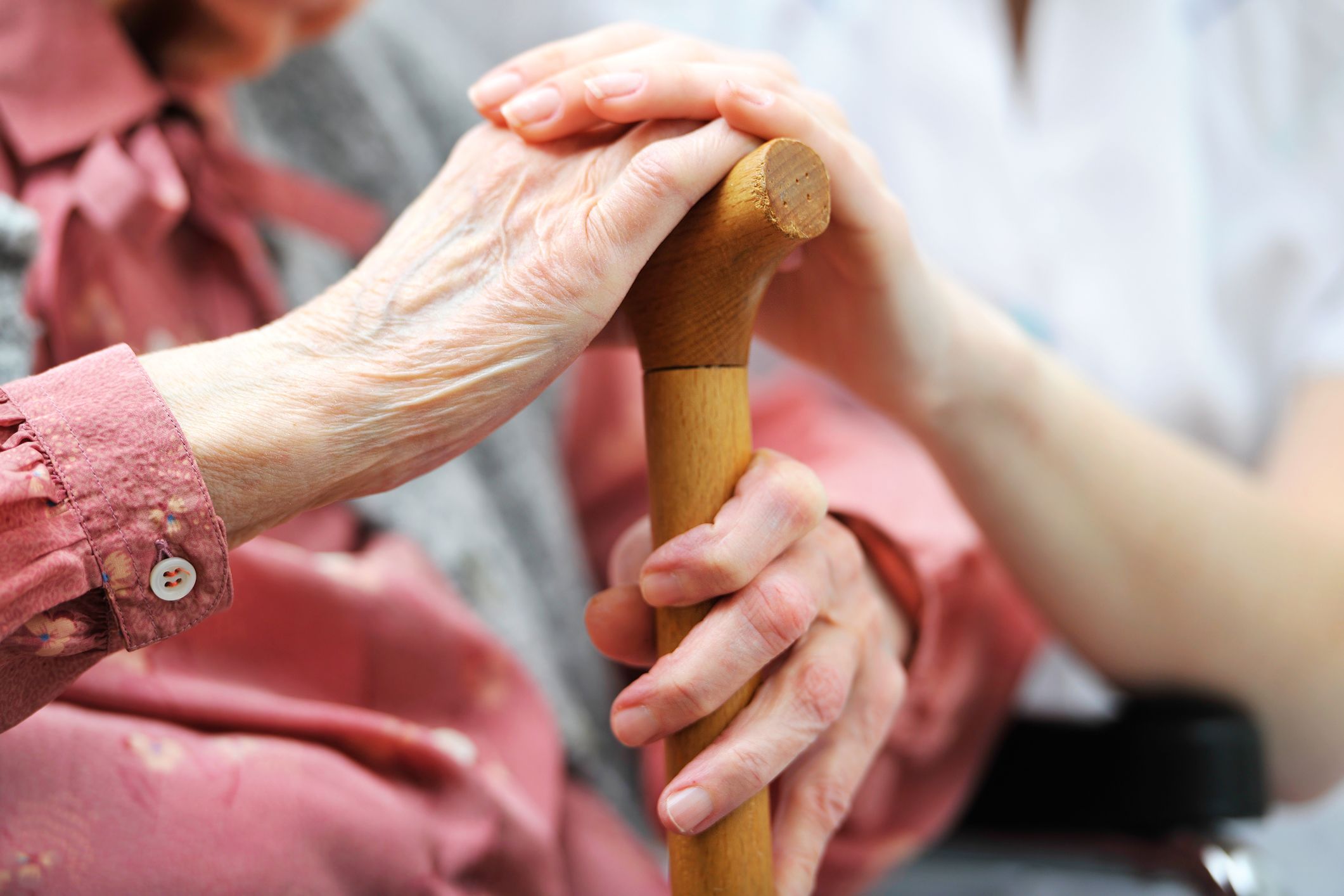
Emergency mental health support
Services for people experiencing a mental health crisis will be expanded. The NHS is working to ensure that every acute hospital has an all-age mental health liaison service in A&E departments by 2020/21, and that at least 50% of these services meet the ‘core 24’ service standard. By 2023/24, 70% of these liaison services will meet this service standard, working towards 100% coverage.
By 2023/24, NHS 111 will be the single, universal point of access for people having a mental health crisis. Alternative care for those in crisis will be increased, including non-medical alternatives to A&E and alternatives to inpatient admission in acute mental health pathways.
By 2023/24, mental health transport vehicles and mental health nurses in ambulance control rooms will be introduced. Ambulance staff will be trained to ensure they can respond effectively to people having a mental health crisis.
People go to A&E with a variety of mental health conditions, and we've several guidelines that could help. To access our guidance on this topic, visit the mental health and behavioural conditions topic area of our website.
NHS England’s NHS Mental Health Implementation Plan 2019/20 – 2023/24 provides a new framework to ensure delivery of the NHS Long Term Plan’s commitment to pursue the ambnitions transformation of mental health care, at the local level. Within the 4-hour A&E target, people with mental health needs should:
- have a biopsychosocial assessment
- agree an urgent and emergency mental health care plan.
The guidance supports implementing an evidence-based treatment pathway for urgent and emergency liaison mental health services. It covers interventions recommended by NICE, and includes quality standards, best practice examples and models.
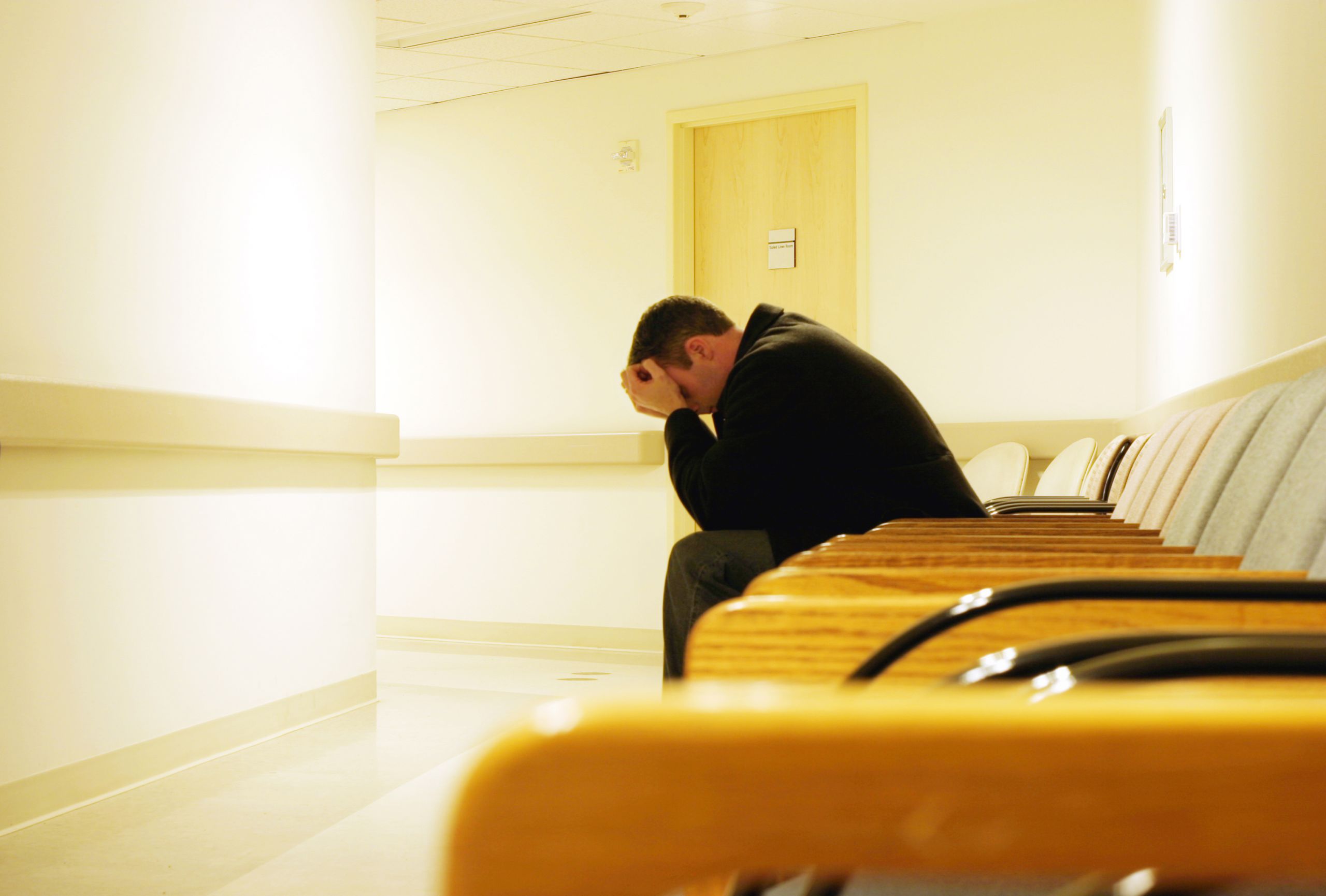
Integrated urgent care services and GP access
Since Next Steps on the NHS Forward View was published, the NHS has:
- rolled out evening and weekend GP appointments nationally, so that accessing primary care is easier and more convenient for all patients
- enhanced NHS 111, so over 50% of people calling the service now receive a clinical assessment and can be offered immediate advice or referred to the right clinician for a face-to-face consultation
- achieved 100% of the population being able to access urgent and emergency care advice through the NHS 111 online service.
From 2019/20 a clinical assessment service will be integrated with NHS 111, ambulance dispatch and GP out-of-hours services. It will also support healthcare professionals working outside hospital settings, staff in care homes, paramedics at the scene of an incident and other community-based clinicians.
By 2024, every patient will have the right to online ‘digital’ GP consultations.
Our guidance can be used to help with developing integrated urgent care services. For example:
- when developing pathway algorithms for call handling staff to direct people to the right service
- when developing GP services.
Search for or browse to the clinical topic or aspect of care you're interested in.

Supporting care homes
By 2023/24 NHS support will be upgraded to all care home residents who would benefit. NHS England’s enhanced health in care homes model will be rolled out across the whole country over the next decade as staffing and funding grows. This will mean stronger links between primary care networks and their local care homes. All care homes will be supported by a consistent team of healthcare professionals, including named GP support. Primary care networks will also work with emergency services to provide emergency support, including when advice or support is needed out of hours.
NHS Wigan Borough CCG has employed a team of pharmacists and pharmacy technicians since 2014 to work with GP practices, residential homes and nursing homes. The team carries out structured medication reviews for care home residents in line with our guidance on medicines optimisation. This has reduced the number of medicines people take and inappropriate polypharmacy, and improved CQC ratings in some care homes.

Urgent community response and recovery support
Extra investment and changes in community health services means that within 5 years the UK should have improved the response time of community health crisis services. This means services will be offered within 2 hours of referral, in line with NICE guidelines, when appropriate. Reablement services should be available within 2 days of referral.
These changes will help prevent unnecessary admissions to hospitals and residential care, as well as ensure a timely transfer from hospital to community. More NHS community and intermediate healthcare will be delivered to support crisis care.
Urgent response and recovery support will be delivered by flexible teams working across primary care and local hospitals, including GPs, allied healthcare professionals, district nurses, mental health nurses, therapists and reablement teams.
The new investment will fund expanded community multidisciplinary teams, aligned with new primary care networks based on neighbouring GP practices that work together. This will create integrated community-based healthcare, supported through the ongoing training and development of multidisciplinary teams in primary and community hubs.
From 2019, NHS 111 will start direct booking into GP practices across the country, as well as referring to community pharmacies who support urgent care and promote patient self-care and self-management. CCGs will also develop pharmacy connection schemes for patients who don’t need primary medical services. To support this new way of working, significant changes to the GP Quality and Outcomes Framework will be agreed.

Standardising urgent treatment centres
Since Next Steps on the NHS Forward View was published, the NHS has begun rolling out urgent treatment centres across the country and introducing appointment booking in urgent treatment centres through NHS 111.
The NHS Long Term Plan sets out action to ensure patients get the care they need, and to relieve pressure on A&E services. New services such as urgent treatment centres are now growing more than hospital A&E attendances, and urgent treatment centres are being designated across England.
The urgent treatment centres model will be fully implemented by autumn 2020 so that all areas can offer out-of-hospital urgent care, with the option of booking appointments through NHS 111. Urgent treatment centres will work alongside other parts of the urgent care network (including primary care, community pharmacists, ambulance and other community-based services) to provide a local and convenient alternative to A&E for patients who do not need to attend hospital.
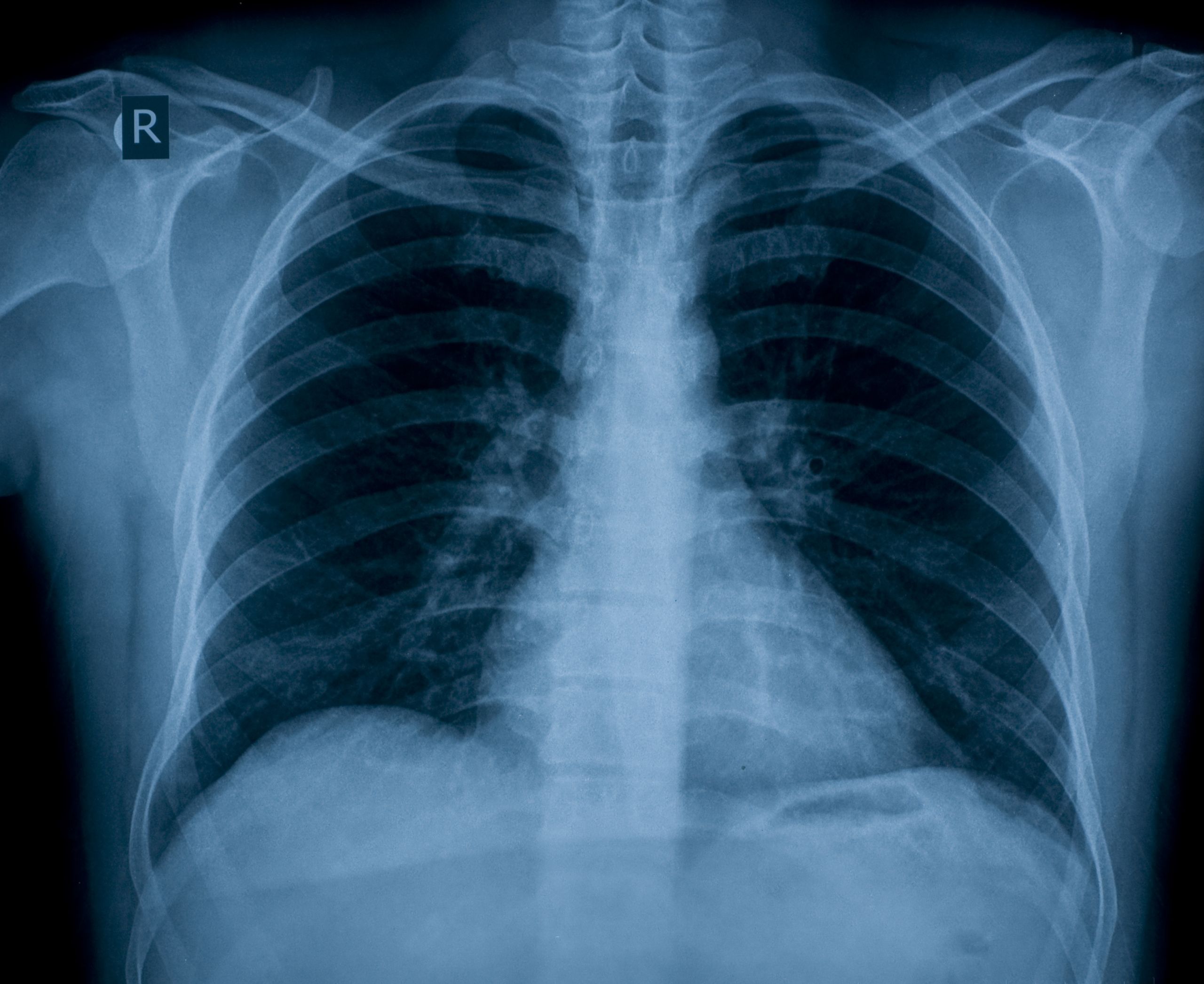
Same-day emergency care
Since Next Steps on the NHS Forward View was published, the NHS has begun implementing same-day emergency care (also known as ambulatory emergency care), increasing the proportion of people who are not admitted overnight in an emergency. This model will be rolled out across all acute hospitals during 2019/20.
Building on hospitals’ success in improving outcomes for major trauma, stroke and other critical illnesses, new clinical standards will ensure patients with the most serious emergencies get the best possible care.
New diagnostic and treatment practices allow patients to spend only a few hours in hospital instead of being admitted. This model was co-developed by the Royal College of Physicians and the Society of Acute Medicine, and is being successfully used in an increasing number of hospitals.
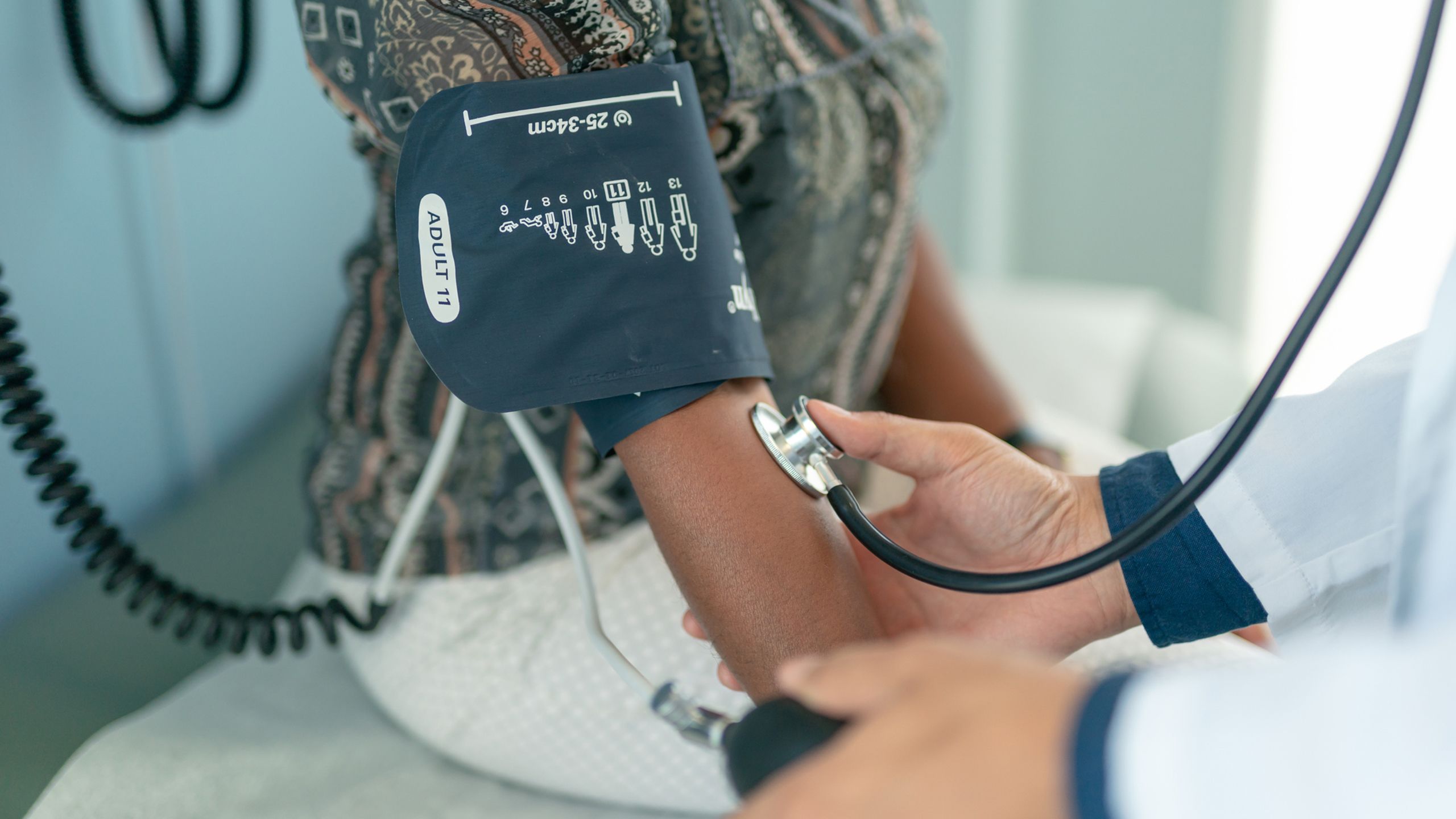
Ambulance Response Programme
Since Next Steps on the NHS Forward View was published, the NHS has introduced new standards for ambulance services to ensure that the sickest patients receive the fastest response, and that all patients get the response they need in a clinically appropriate timeframe.
We have NICE Pathways, guidelines and quality standards on many clinical topics relevant to the Ambulance Response Programme. You could start with our injuries, accidents and wounds page and sepsis page, which list all our guidance and advice on these topics.
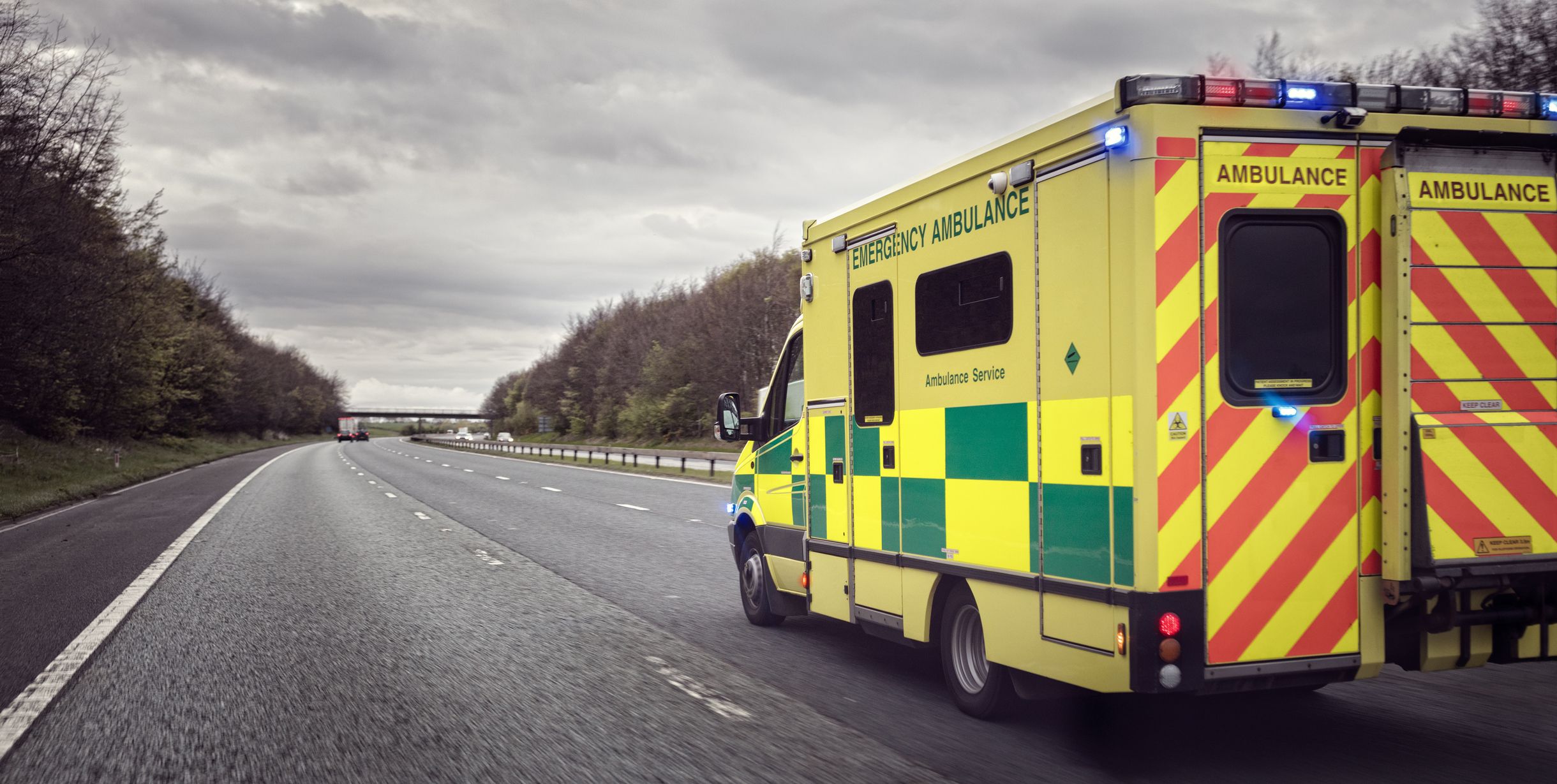
Support for quality improvement


We publish a range of tools to help you use our guidance and quality standards to improve quality.
You can find these on the tools and resources tab for each piece of guidance or standard, such as the guideline on managing medicines in care homes.
These include baseline assessments to check practice against our guidance. We endorse tools produced by other organisations that support the guidance. For example:
• medicines use in care homes e-learning (course 1)
• medicines use in care homes e-learning (course 2)
• managing adult malnutrition in the community
• falls risk assessment toolkit
.
Our shared learning case studies show how organisations have put our guidance into practice. To search for examples or to submit your own work, go to www.nice.org.uk/sharedlearning .
If patients stay in hospital for longer than medically needed, this can affect the movement of people through A&E and A&E capacity. Our resource on improving transfer of care will help you reduce delays.
Other resources
NHSE&I’s Transformation of urgent and emergency care: models of care and measurement - published 15 December 2020 - builds on the findings of the clinically-led review of access standard, proposing new bundles of system-wide emergency care standards in order to meaningfully measure ad understand performance throughout urgent and emergency care pathways (spanning first contact with NHS 111 or 999, through to admission or discharge from the ED)
Contact england.urgentcarereview@nhs.net for more information.
Other NHS information on urgent and emergency care services can be found at: